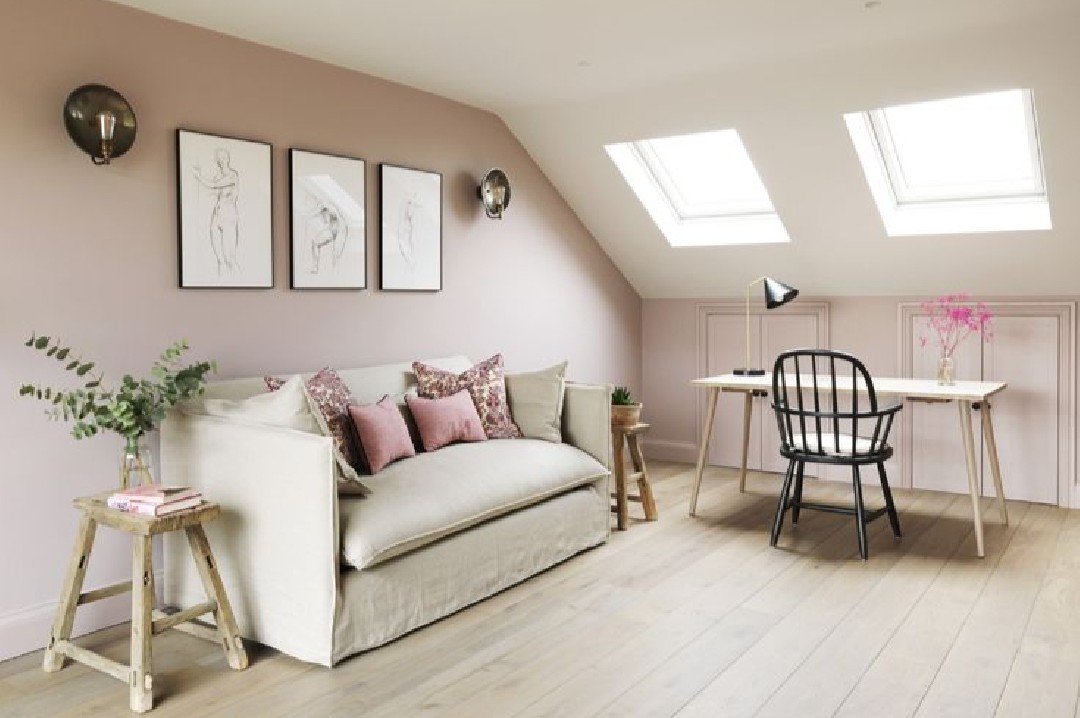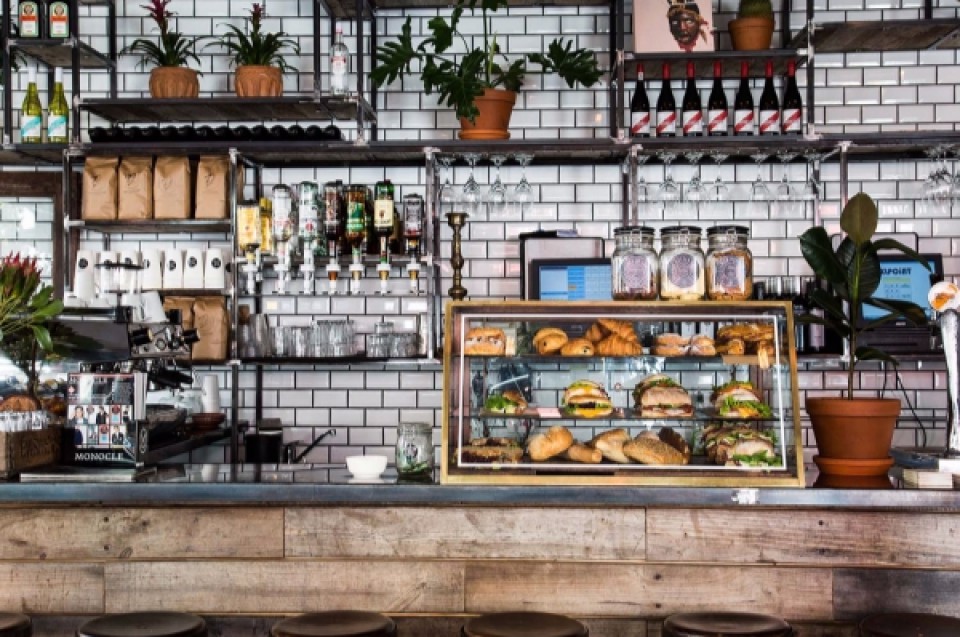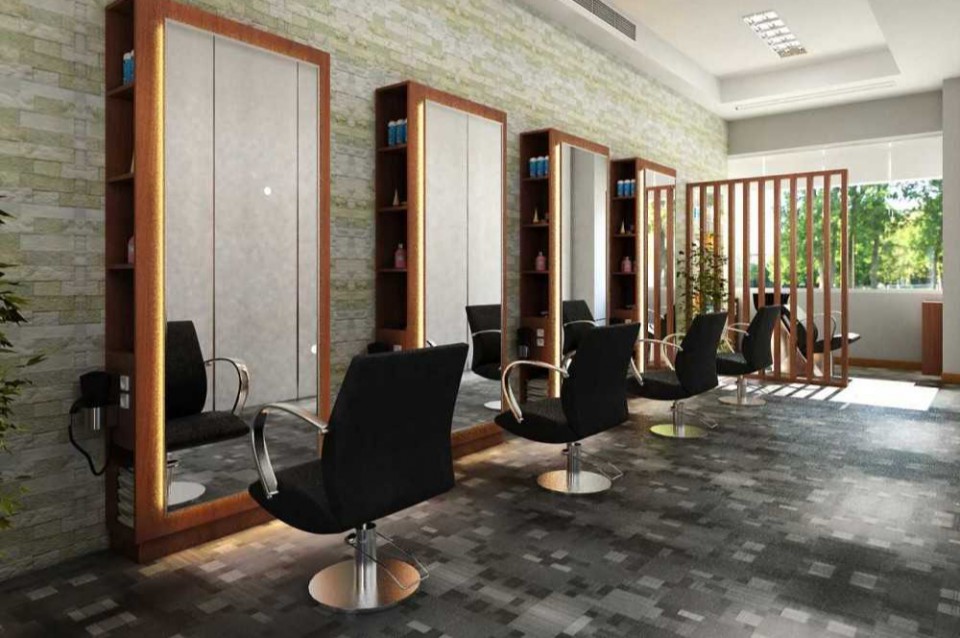Potato Head: Building with Indonesian Handicraft Interior in Hong Kong

Japanese architect Sou Fujimoto combined two elements of structural design with traditional Indonesian crafts to create shops and restaurants in Hong Kong. Designing this place was his first project in the city.
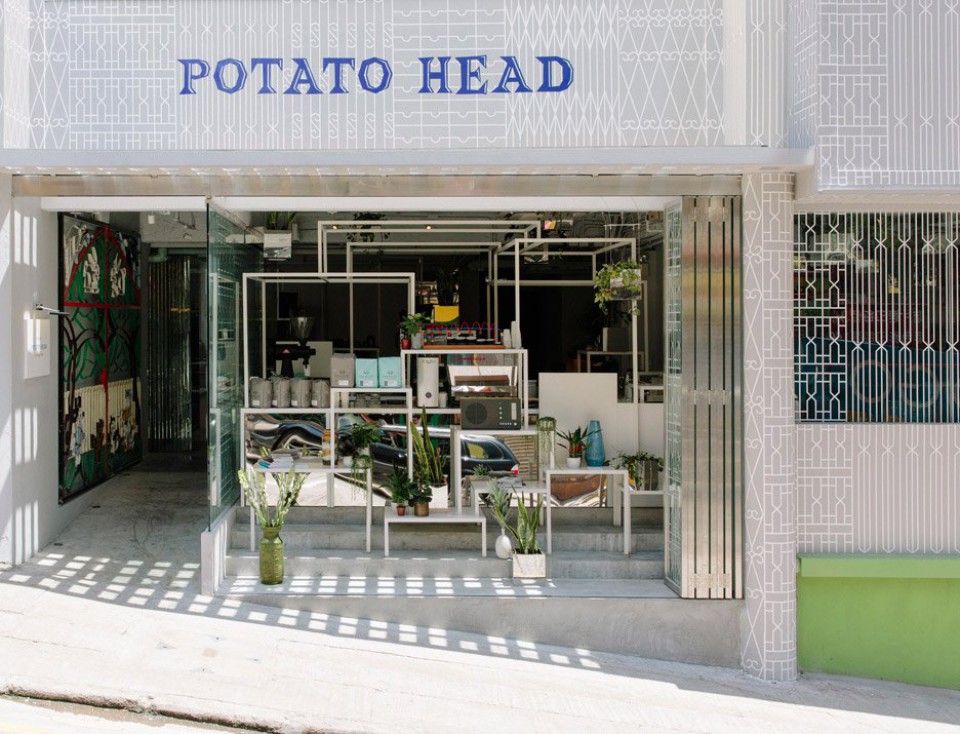
Potato Head itself may be familiar to Indonesians, especially Balinese. A beach club that is quite famous in Bali designed by Andra Matin opened a branch in Hong Kong and entrusted Sou Fujimoto as the architect. But unlike clubs in Bali, shops and restaurants in Hong Kong are in the middle of the city.
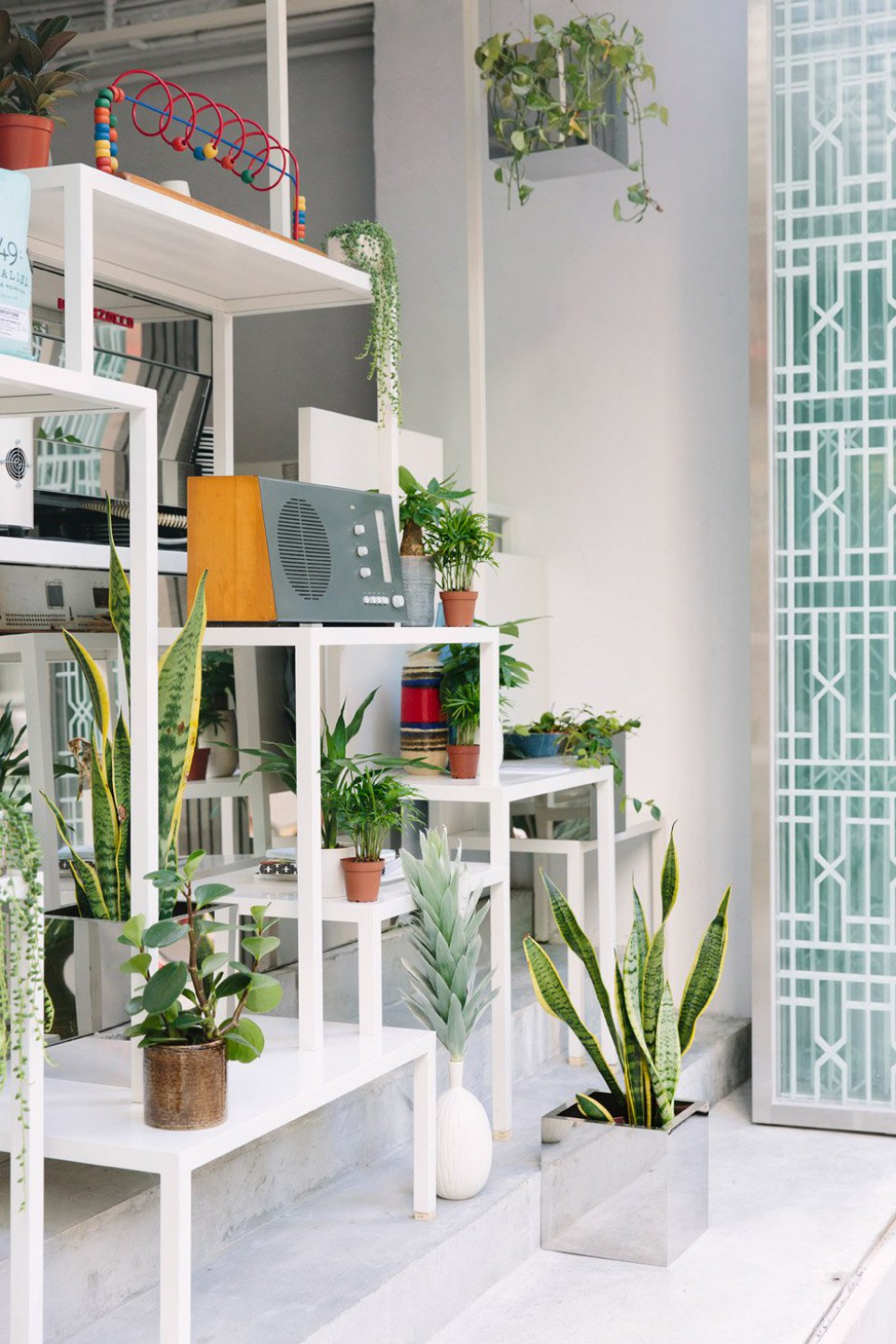
The new building functions as a coffee shop, home appliance store and bar in front of it, and a restaurant with a music lounge area behind it. At the entrance area in front of the store, visitors are presented with a white steel frame with hanging ornamental plants or in a vase. It is also used as a display space for the front of the store. In addition, it also functions as a coffee counter area.
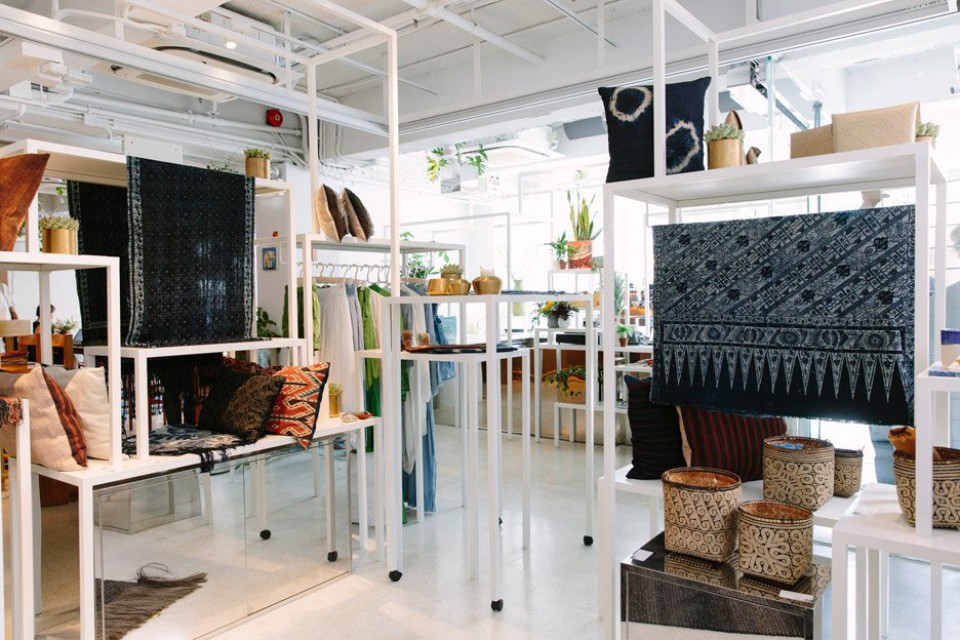
The white lines of the frame are made to match the geometric patterns that decorate its glass façade. This is also in accordance with its environment whose façade is also covered with various steel frames on the windows in addition to being aesthetic as well as being a security system in Hong Kong.
The use of steel and glass frames makes the façade of the building feel monotonous and does not impose aesthetics in the environment, but still shows uniqueness by standing out. At the coffee shop counter, metal frames of various shapes and sizes are used to make tables, displays, and shelves to display various home furnishings equipment owned by the company.
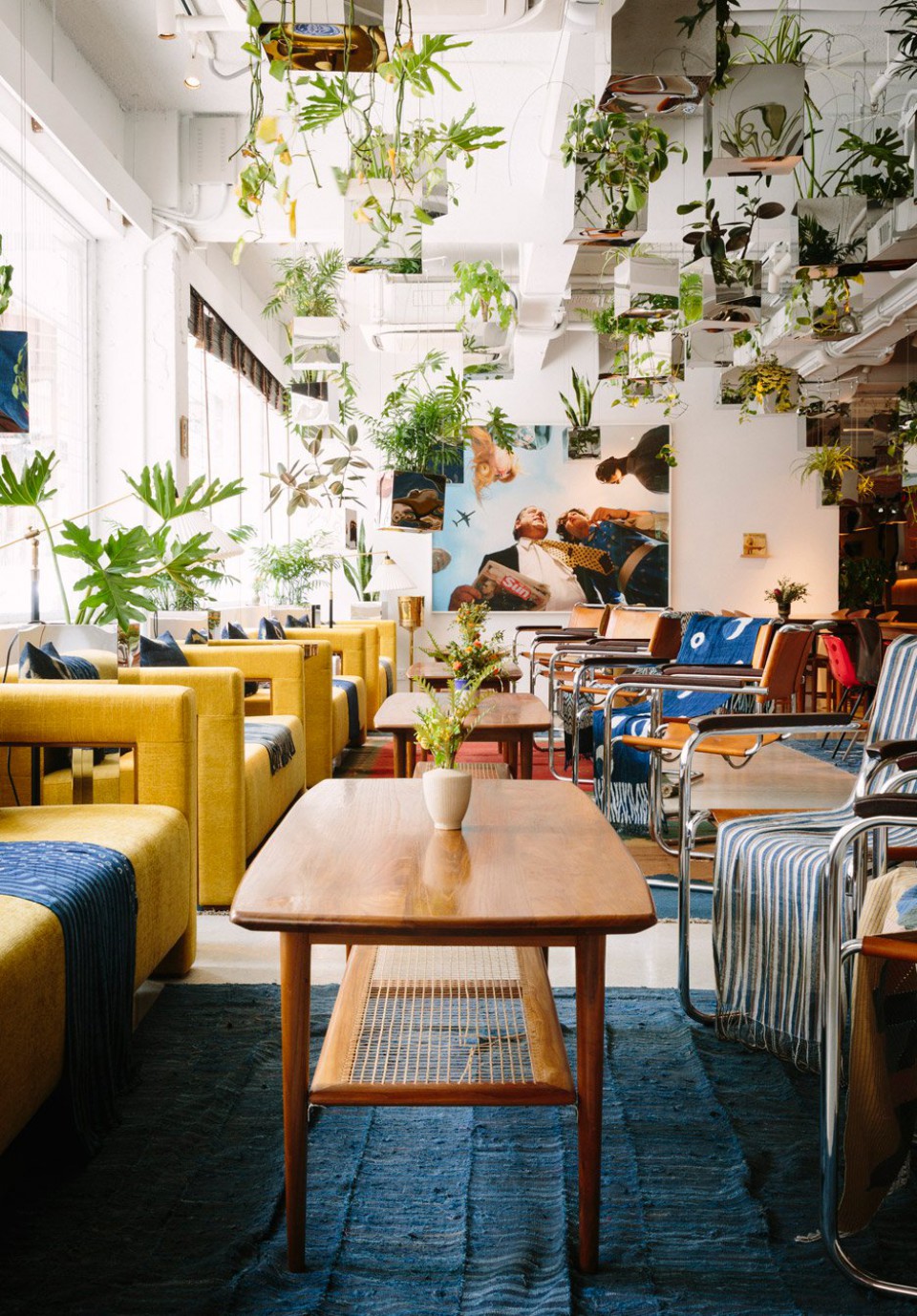
On the other hand, the store is incorporated with a bar. This area is described as a colorful and tropical area. City a mirror that is used as a hanging vase to decorate the ceiling in this area. The furniture in this one building is a blend of Indonesian design with medieval classical style. Included is a leather chair designed by Modernist Marcel Breur. The unique combination of furniture is done to provide contrast with Fujimoto's minimalist aesthetic design.

For the restaurant area in the building is named Kaum. Located in the back area of the building. The restaurant room is designed with low ceilings and also dark décor to give the atmosphere of a calm and intimate space. It can also be seen in the wall and ceiling area designed with carved wood panels of more than 700 panels presented in various colors and spiral patterns. This panel itself is indeed the work of Indonesian craftsmen. Coloring on the panels uses a mixture of pigment paints from nature.
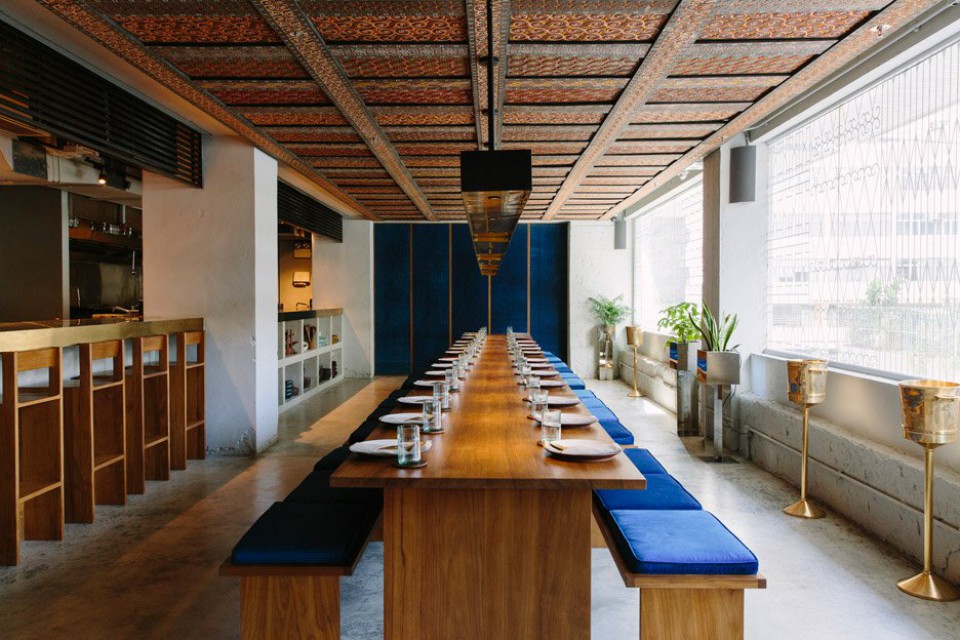
Then the music room became the last room in this building. The location of this room is completely hidden. To reach this room, visitors must pass through a hidden corridor, a secret entrance area, or the back door of the restaurant. This room with wood panels is filled with various collections of records and also sound systems.
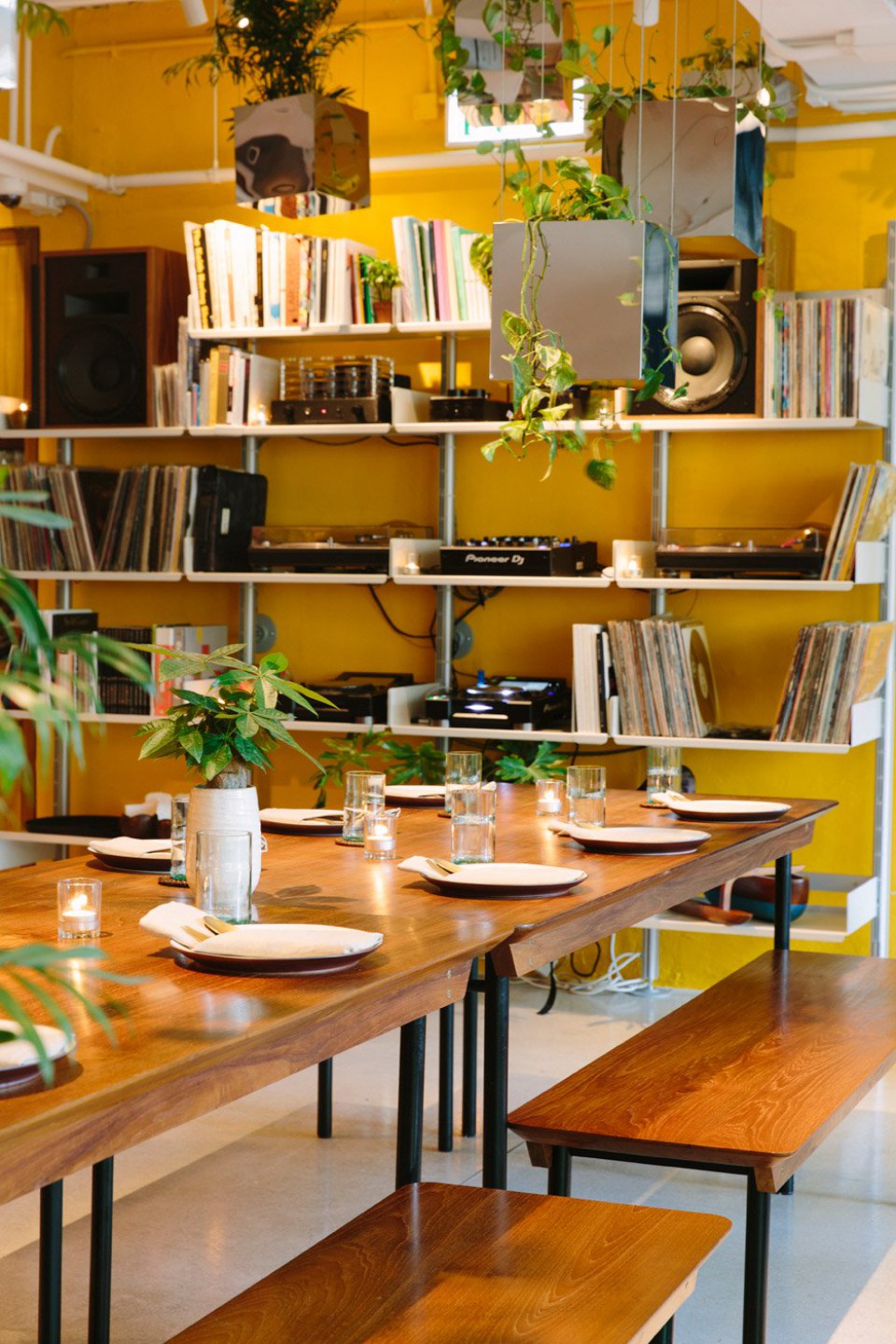
The combination of interior design in this building not only creates a minimalist but also cultured design. Indonesian patterns are displayed beautifully through wood panels, of course, PTT Family as the owner of this place has succeeded in bringing Indonesian handicrafts to be better known, especially in Hong Kong.
source: potato head - sou fujimoto


